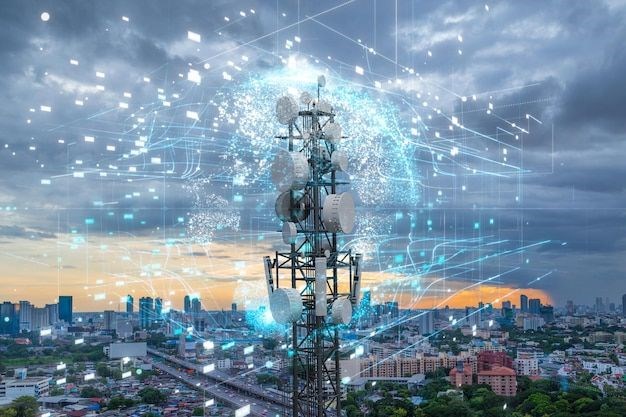
Indian Telecom Operators Expected to Raise Tariffs by December 2025 Amid Tariff Correction Drive
Indian telecom operators will raise their rates again by December 2025 to improve financial stability and sustain their network infrastructure development. The industry is anticipated to follow its fourth major price increase from 2019 after the previous adjustment took place in July 2024.
Key Highlights:
- Indian telecom operators are projected to implement a tariff hike of over 15% by late 2025, marking the fourth increase since 2019.
- The average revenue per user (ARPU) is anticipated to reach a decade-high of ₹225–₹230 by FY26, up from ₹193 in September 2024.
- The industry is expected to gain approximately ₹20,000 crore in operating profits once the hikes are fully absorbed.
- Entry-level plans may remain unaffected to maintain affordability for low-income users.
- Vodafone Idea's financial stability is a key driver behind the anticipated tariff adjustments.
Analysts forecast a 25% increase in average revenue per user (ARPU) to range from ₹225–₹230 by FY26, while FY24 shows an ARPU of ₹182. Both the increased data prices and the expanding 5G networks drive the growth in the telecommunications industry.
The projected tariff changes are predicted to enhance telecom industry operating profits by ₹20,000 crore, which will allow debt reduction while advancing technological developments. Operational profitability improvements of ₹20,000 crore will enable Vodafone Idea to stay competitive among other operators.
Entry-level plans will most likely stay untouched for consumer protection particularly for the lower income population. This approach seeks to regulate revenue expansion while preserving low prices as well as stopping customers from leaving.
While the different segments within the telecom market adapt to all these changes, the goal is still to strike the right balance between profitability going into the long-term future, and the continued rollout of affordable services to the mobile consumer publics across India.


